What Does Sake Taste Like? The Complete Answer Updated In 2021
Introduced in Japan over 2500 years ago, Sake (also known as Nihonshu in Japanese) is a healthy drink made from fermented rice. This drink is served at all types of drinking establishments and restaurants thanks to its exceptional quality as well as the increasingly popular trend of Japanese cuisine around the world. So if you want to know exactly What is sake and What does sake taste like, check this article to find out the answers!
What Is Sake?
Sake is a type of Japanese wine that is made of clean water, high-quality rice, yeast, and koji mold. These ingredients are mixed together and fermented in specific processes that have been refined over hundreds of years. During these processes, the starches are transformed into sugar, and then alcohol. Generally, the alcohol content of sake varies from 14% to 16%, excluding the “Genshu” variety of sake which has an alcohol content ranges somewhere between 18% and 20%. A fun fact about Sake is that in Japanese “Sake” means all alcoholic beverages, not just the Sake we are talking about. Finally, the term “Nihonshu” in Japanese refers to Japanese rice wine or sake as we know it in the west.
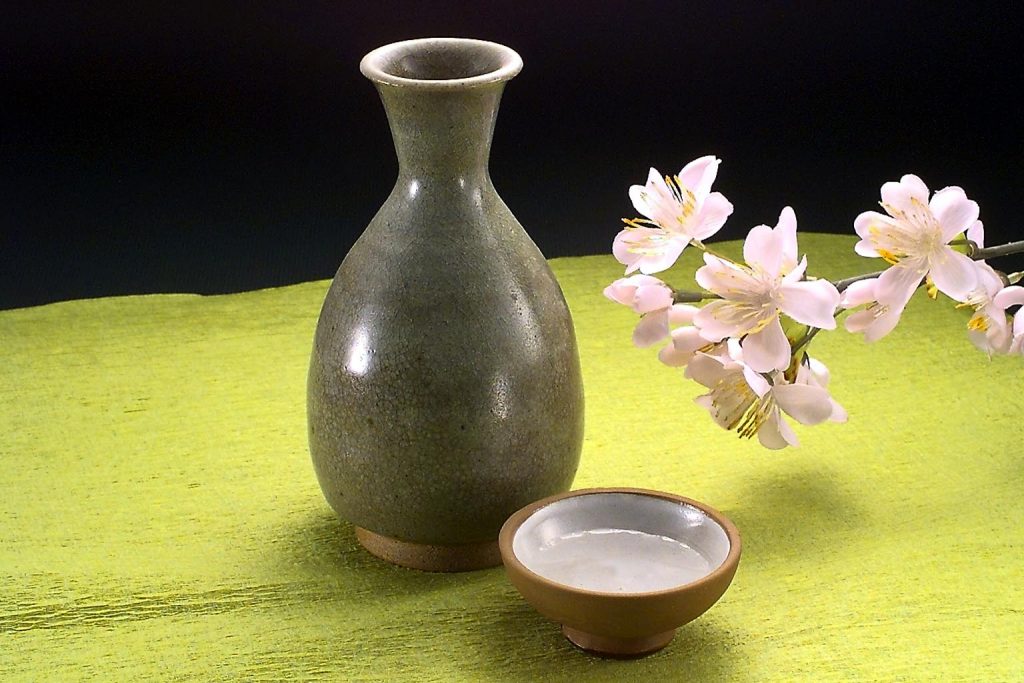
What is sake?
Sake is suitable to drink with almost any kind of food. And according to many food experts, the best way to enjoy sake is trying it with some traditional Japanese dishes like sashimi, sushi or tempura, etc.
Want to learn how to make Sake? Watch the video below:
How Does Sake Taste Like?
Because of the diversity of flavors, the taste of sake varies from person to person. But in general, you can imagine sake flavor by learning the basics of sake making below:
Sake Is Different From Wine
Although sake and wine have many things in common, they are different based on the following things:
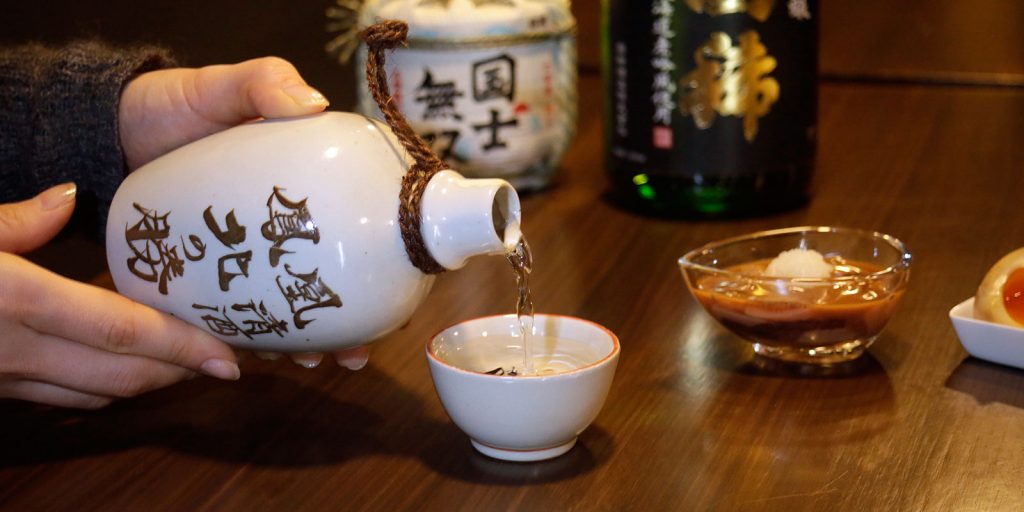
Sake’s taste is different from that of wine
SEE MORE:
- 9 Fantastic Places To See Cherry Blossoms In Japan
- Discover Tokyo Disneyland Through 7 Exciting Games
1. Sake has a bit higher alcohol percentage than wine
The alcohol content of sake varies from 8% to 20%, with the average of 15% to 16%, and is just a bit higher than that of wine, which ranges between 12% and 15%.
2. Sake’s aroma is quieter than wine’s aroma
Sake’s aroma can be represented as caramel-like, nutty or fruity. Compared to wine, its aroma is less fragrant. Actually, in the past, sake was made as a drink of taste rather than aroma. Its aroma only appeared in the market after the 1970s.
3. Sake has a more balanced and milder flavor
Sake contains much less acidic than wine. Besides, it is made of 80% water and doesn’t include tannins. Its taste profile, savoriness, bitterness, acidity, sweetness is more delicately balanced and milder.
4. Sake pairs well with a wide range of food
Because sake contains less acidic than wine and has more amino acids, it pairs well with many different types of food such as mashed potato, pizza, steak, cheese, pasta and many more. When drinking sake with these dishes, matching the sweetness and weight between them is a fine gauge, rather than marching acidity.
5. No “Vintage”
To make grape wine, the process is simply converting grapes to alcohol by single fermentation. But when it comes to making sake, the process requires more techniques. The sake’s delicate and complicated production processes and techniques have a big influence on the final product. Comparing to that, a small change in the quality of rice grain year-by-year has little impact.
Taste Profile Of Sake
The 6 elements – impacts, aroma, body, bitterness, acidity, sweetness are often noted by sake experts. They share common things like that of wine, excluding tannins.
Aroma and body set sake apart from wine.
Aroma
Although sake and wine are similar in terms of aroma, some are unique. Below is the broad classification of sake’s aroma.
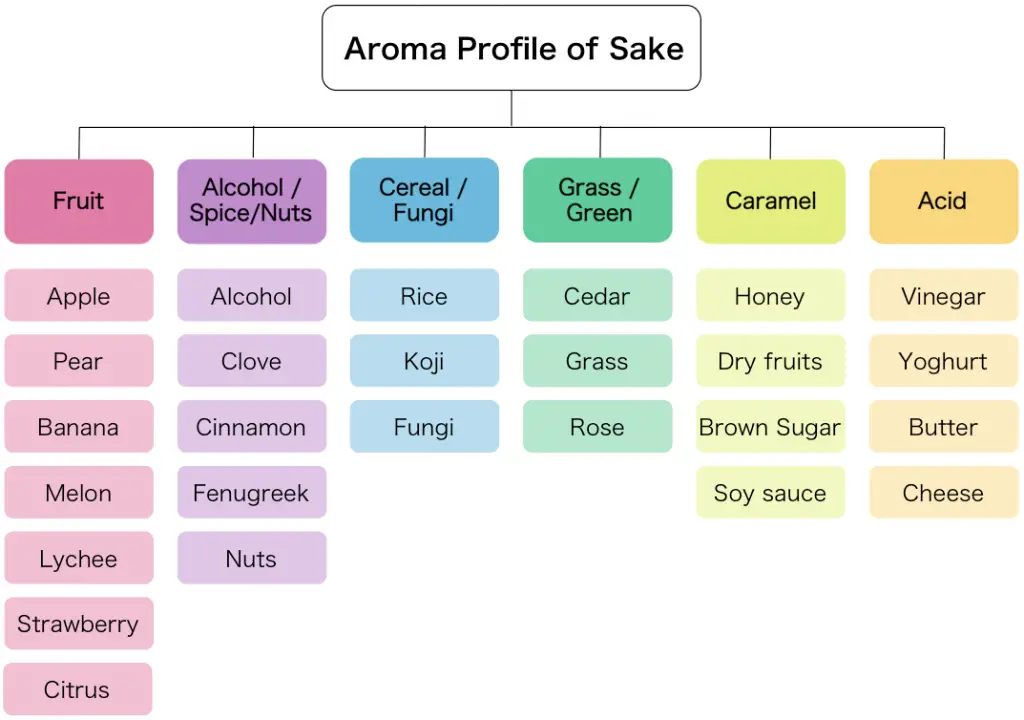
The broad classification of sake’s aroma
In wine flavor, there is no column of “Cereal/Fungi” category. These aromas are fungi, koji, and rice. Koji is a type of fungi which is used to decompose starches in rice to glucose. It has a smell like potato and mushroom.
Body
In general, Sake contains a huge amount of glutamic acid, that creates a body of sake. The amount of glutamic acid is twice (100-250 mg/l) of wine (10-90 mg/l). This difference creates a richness referred to as umami or savoriness.
How to drink sake?
There are many different methods in which sake is presented. When you drink sake the traditional way, you use a sake set. It includes a porcelain flask – referred to as tokkuri and small ceramic cups – referred to as sakazuki or choko. Cold sake can also be served in traditional wine glasses. In Japanese important events such as a birthday, wedding, anniversary or holiday, a glass of sake will be placed inside a masu – a small, cedar wooden box which compliments traditionally brewed sake as it previously brewed in wooden casks.
The scent and taste of the sake could change dramatically depending on the temperature of the sake. You can either enjoy sale at warm, hot, chilled or room temperature. There are two basic ways to drink sake:
- Hiya: This is the cold style. You refrigerate the sake, tokkuri and the ochoko.
- Atuskan: This is the warm or heated style. You heat the sake in a tokkuri in warm water.
Some sakes are better when they are drunk hiya style, and some are better atsukan style. Some are great both ways.
Which Is The Best Sake Brand?
If you want to know which is the best sake brand to buy, here is the best sake brand list for you: Kokuryu, Otokoyama Tokubetsu Junmai, Dassai, Juyondai, Kirin Zan Junmai Ginjo, Dewatsuru Kimoto Junmai, Hakkaisan, Gekkeikan, Tozai, Tentaka Shuzo, …
Watch the video to learn on how to drink sake like a pro:
Frequently Asked Questions About Sake
1. How would you describe the taste of sake?
Sake can be described as a type of clean-tasting and slightly sweet drink, with fruity and nutty scent. Its texture is smooth and light while the arome is fragrant. Also, there is a perfect balance between astringent and savory flavor, making it a milder version of wine’s aroma. Sake’s mild aroma can’t last long. It fades away right after being poured out of the bottle.
2. What alcohol does sake taste like?
To some extent, sake’s flavor is similar to white wine since they are both dry, smooth beverages. Cold sake slightly tastes like very dry white wine but more flavourful, while hot sake that you drink in winter brings the feeling of vodka. This is because the hot sake has heavier savoriness and thicker texture. Some may feel that the familiar aroma and aftertaste of sake somehow reminisce about sherry. Despite the similarities, sake is sweeter and has more calories contained in the same amount of wine.
3. Is Drinking Sake Good For Health?
Drinking sake can reduce your risk for cancer and many other health issues.
Firstly, Sake is rich in amino acids, that help in giving cells their structure, storing nutrients, and make sure everything works well. For this reason, Sake can help you avoid any risk of cancer, that other alcohol drinks like brandy or whiskey can’t do. Secondly, Sake includes peptides, which build muscle, burn fat and help enhance athletic performance. For your health, this means Sake can help you in preventing high blood pressure or even Alzheimer’s disease. Thirdly, the amino acids in Sake are good for building skeletal muscle, which helps to prevent osteoporosis. Moreover, Sake has been used as a skin toner in Japan for many centuries, thanks to its skin whitening and moisturizing elements.
4. How Long Until Sake Goes Bad?
You can keep an unopened bottle of sake from 6 to 10 years in the kitchen. With an opened sake bottle, it will keep for 1 to 2 years in the fridge. To enjoy the best flavor, wine experts recommend you should drink the product within a year or less.
5. Does Sake Taste Like Soju?
There are many differences between Sake and Soju. While sake has a soft and mild aroma, Soju has a specific aroma of the base materials used. Sake is made from just rice when compared to Soju which is made from sweet potatoes, barley, and rice. Sake is brewed while Soju is distilled. Finally, Sake has a lower alcohol content than Soju.
6. Do you sip or take shots of sake?
We definitely do not take shots of sake regardless of temperature. Sake is a ceremonial drink which has been refined throughout several hundred years. It is worth imbibing respectfully. So never shoot your sake as a tequila slammer, you’d ruin the flavor of the drink. The best way to enjoy it is to serve in a small drinking cup and sip like you would a glass of tea or fine wine.
7. Can you get drunk on sake?
In fact, sake is an alcoholic beverage that can make you drunk just like every other alcoholic beverage out there. That sake is clear and usually served in small glasses makes a lot of people think it is as strong as rum or vodka. However, sake’s alcohol by volume is roughly 15% to 17% which means it is more potent than most beer and 20% to 25% less alcoholic than whisky.
In general, sake does not rank highly on the list of hangover inducing beverages because it is simply fermented rice and water. Also, sake has no sulfites, 1/3 the acidity of wine, and very low histamines.
Final Words
Now you’ve found out the answers to the questions “What is sake?”, “What does sake taste like?” and “Which is the best sake brand?”. If you want to know other things of sake, feel free to leave a comment below and then we will discuss further.

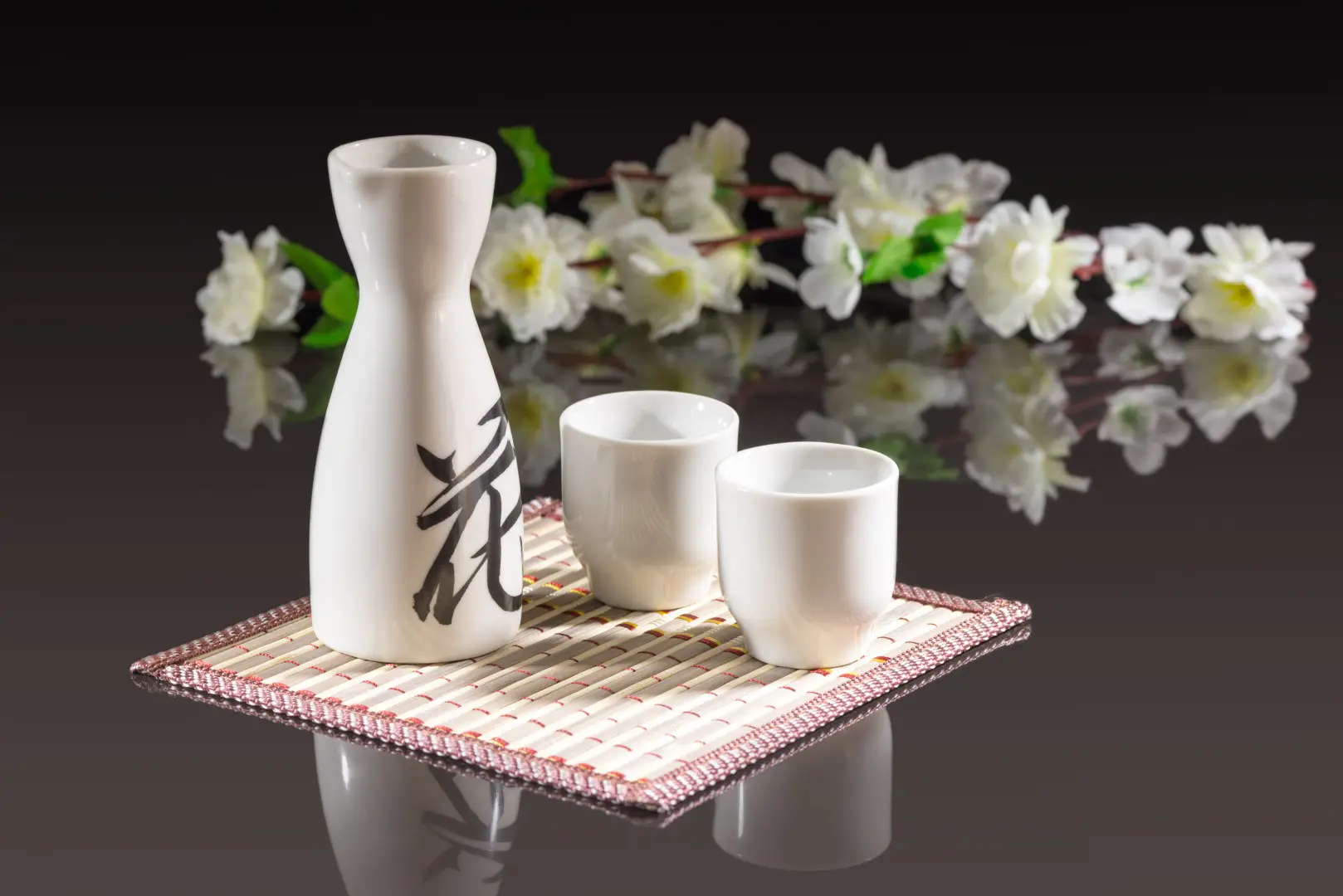

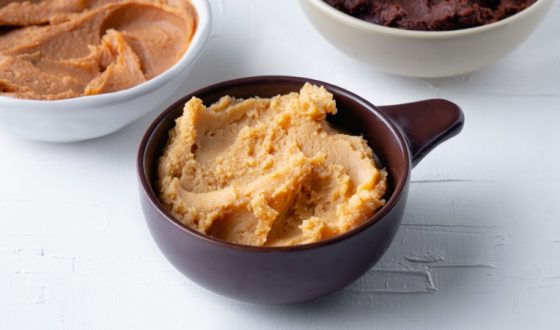
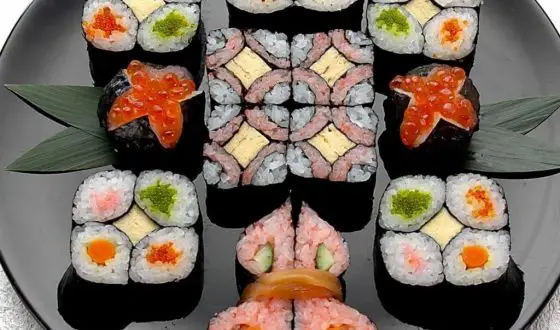





Thank you Mr Haruto Suzuki for your useful information. I’ve learnt quite a lot about Sake and will try it in my trip to Japan this month.
ok good
im always fascinated by japanese’s sake and sochu, they have their own unique favor. Today i’ve learnt some more about them. Thanks for your article. Keep it up
Hi Haruto Suzuki! Thank you for your useful article. Now I know “What does sake taste like?” And “which is the best sake brand to buy? “ Keep doing your amazing work!
What an useful article!!! Thank you.
Wow, there are many interesting things about Sake to learn. Thank you Mr Suzuki for your informative article.
Wow, there are many interesting things about Sake to learn. Thank you Mr Suzuki for your informative article.
Thank you for your great article. I was always confused between sake and soju before by the taste. Anw both were excellent to me.
I’ve learnt Sake is good for our health from this article. Thank you Mr Suzuki. Please keep writing more useful articles for us.
This is a topic that’s near to my heart… Best wishes!
Thanks for this nice post. …
I really like your blog.. very nice colors & theme.
Did you make this website yourself or did you hire someone to
do it for you? Plz reply as I’m looking to construct my own blog and would
like to find out where u got this from. thank you
Valuable info. Lucky me I discovered your web site by accident, and I am surprised why this coincidence didn’t came about in advance! I bookmarked it.